But, you go to the Egyptian National Museum expecting to see certain treasures, and there isn't much rotation. The museum's official website is here. The Wikipedia entry is here. Both are about as bare-bones as the decor and documentation found near most exhibited items. But progress is being made on some improvements in the museum as noted in this recent excellent article in The Guardian of London.
... the inside is cluttered and tired, its impressive artifacts inscrutable to most visitors.
The museum shop is permanently shut, the restaurant dark and gloomy, and to its critics the whole site has an amateurish feel. The rumpus about Tut’s beard personifies this, as do the museum’s display signs which – if they exist at all – are often written on flimsy bits of paper.
“The museum has suffered for a long time from a lack of governmental financial support because of the decrease in the numbers of visitors coming to Egypt,” concedes Halwagy, who writes communiques by hand at his desk.
... an official seven-year revival is now under way – a well-funded initiative that comes amid several other attempts to show that Egypt, under its authoritarian new government, is once again open for business after four years of political turmoil.
Under the plans, the building will be refurbished and next door, Hosni Mubarak’s burnt-out political headquarters will be knocked down and turned into a garden. Showcases will be installed with protective glass, and machines installed to control the temperature and acidity of the air.
Let's hope that this all proceeds at a fast pace.
Reportedly, the museum proper contains about 100,000 items with an additional 200,000 in storage.
A typical tour lasts one to three hours and the tour group stops at perhaps 40 to 50 specific exhibits. Visitors spend ten to thirty minutes examining each of several exhibit rooms near these stops.
Except for a paint job a few years before the revolution, the museum exterior appears about the same as in 2003. The old picture is on the left.

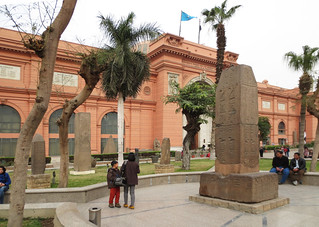
As groups form up for the trip inside, they take a few pictures in the courtyard both of the monuments and the ubiquitous Cairo cats.
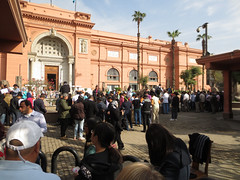
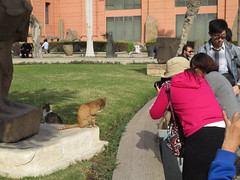

Admission is 75 pounds (about $10) for foreigners and 4 pounds for Egyptians. (Both the admission prices and the hours are incorrect on the Museum Website.)
Cameras are banned from the inside of the museum. Luckily for you, I took a number of photos back in 2003 on my first two visits to the place. They have never before been published on this blog! Here is the interior shot from the rear of the second floor looking back toward the main entrance.
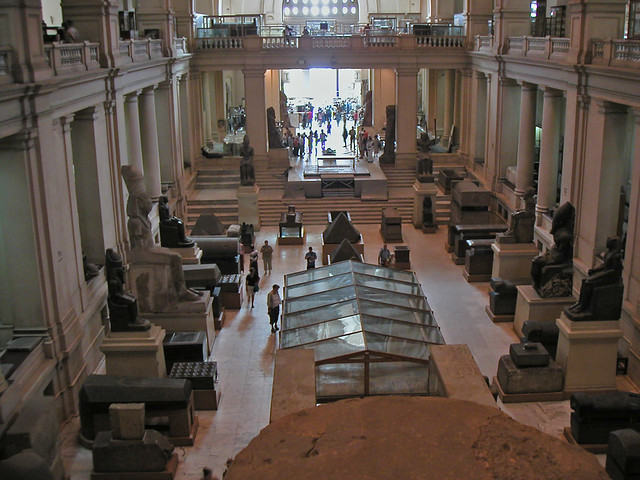
Two of my favorite exhibits are the basalt pyramid capstones right in the center of that picture.
One of the first stops on a tour is at the statues of Rahotep and his wife, Nofret.
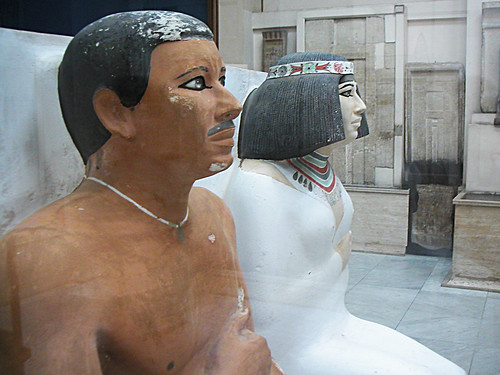
This view, from the second floor, will give you an idea of the probable reason why cameras were banned. With the lesser number of tourists passing through now, that policy could probably be revised for a time.
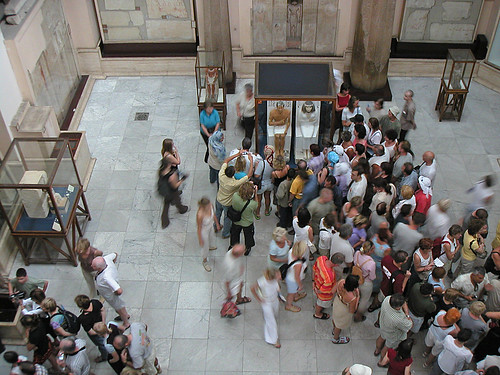
Seneb the dwarf, his wife Senites, and their children are another popular exhibit from The Old Kingdom.
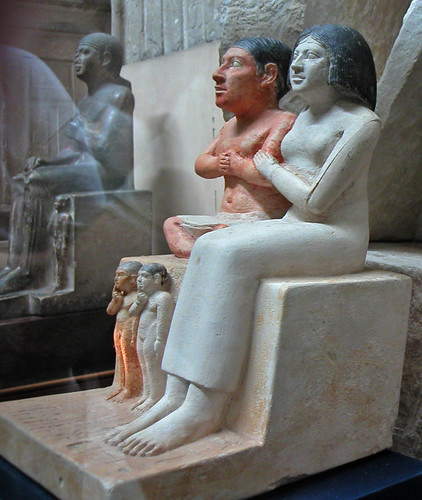
When I took those pictures back in 2003, I somehow didn't take one of this statue, even though it is one of Linda's favorites. It is of Senmut holding princess Neferure (daughter of Queen Hatchepsut). When we reached the statue this year, I discovered that my camera was still in my pocket and...

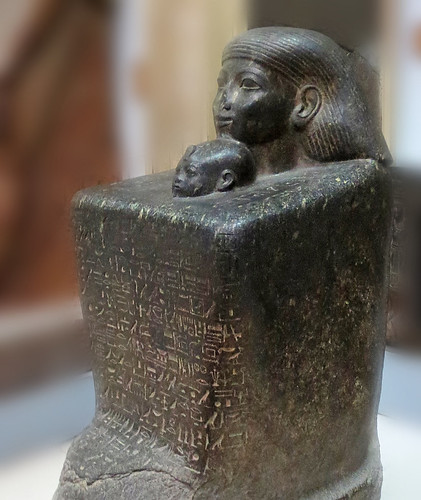
To wrap up this post, here are two pictures of the general layout of the museum. The one on the left from 2003 and the one on the right from yesterday. One thing that has changed is that there are many more benches on which a visitor can stop and rest, a welcome addition. Click on any picture to visit the Flickr album which contains these and other pictures from the museum.
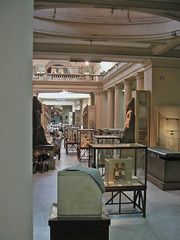

I will leave the King Tut exhibits for a separate post tomorrow.





No comments:
Post a Comment